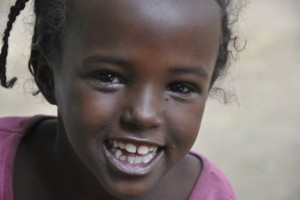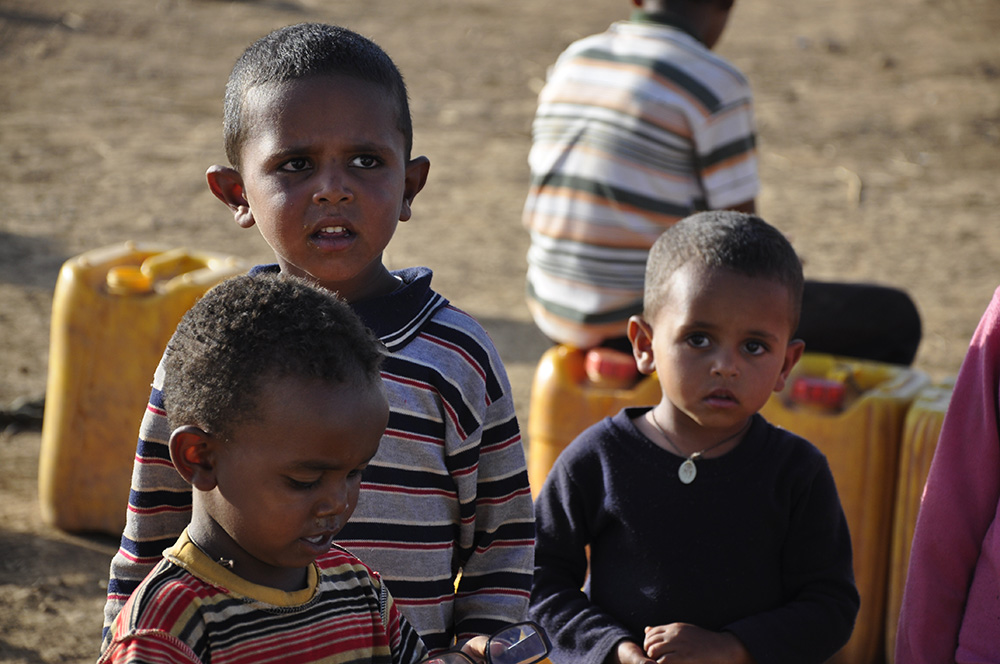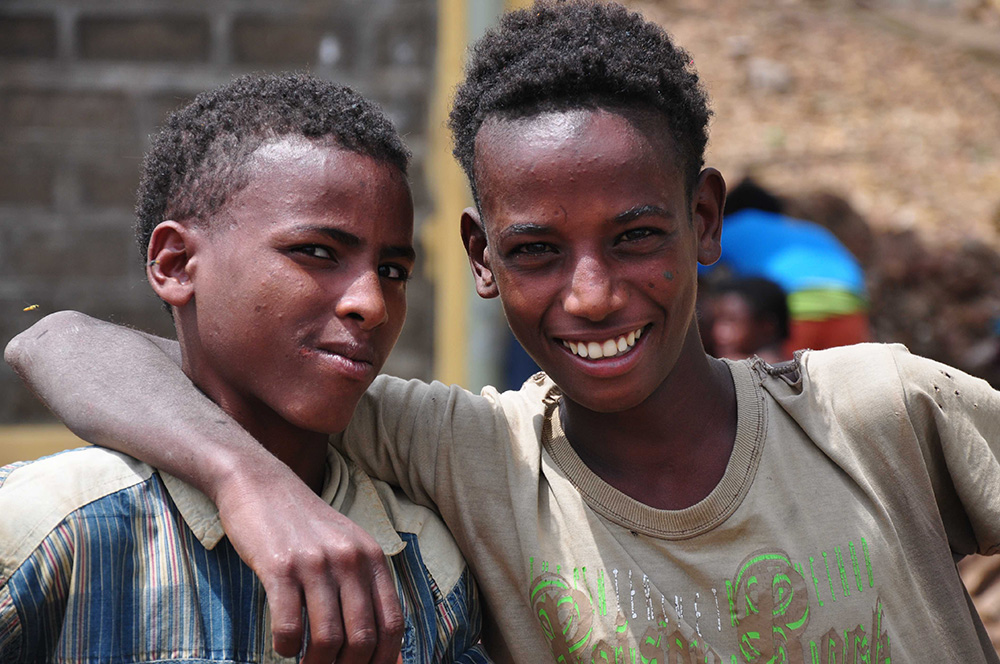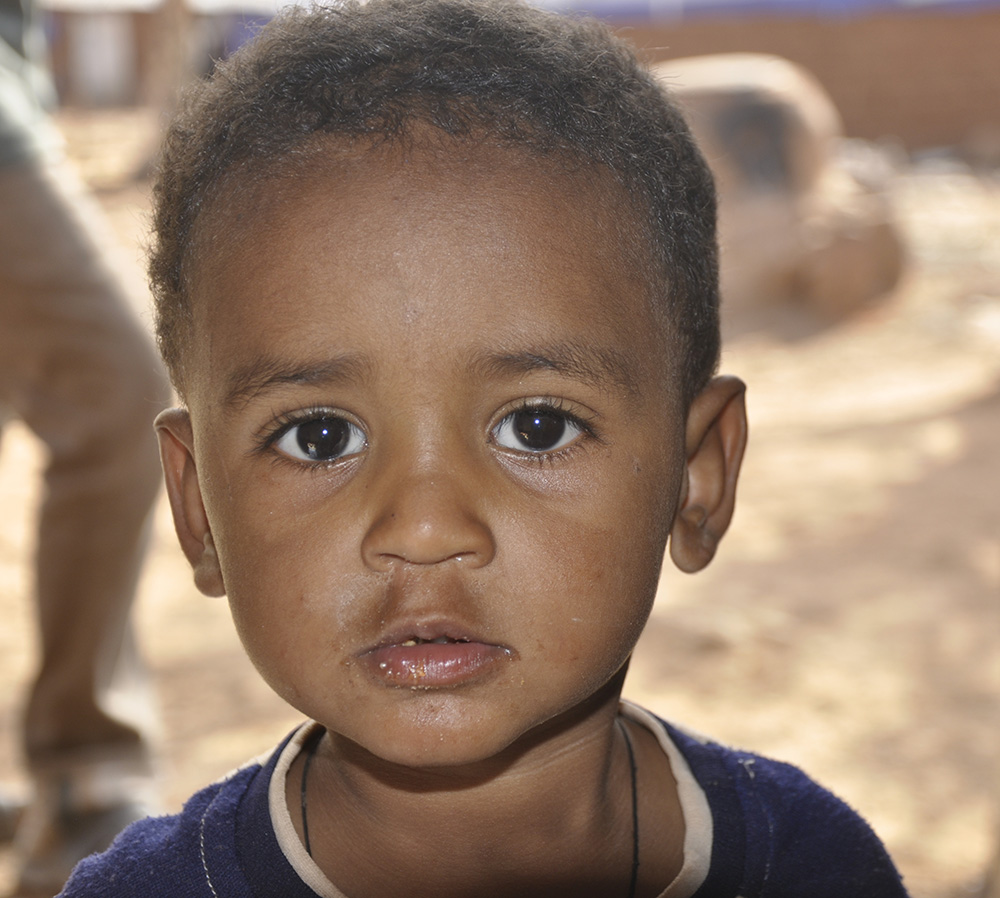Humanitarian Project in Ethiopia
Introduction
The life of a refugee is not an easy one. With over 76,000 Eritreans now living in refugee camps in Northern Ethiopia, there are certainly many needs.
From the Ethiopian government to Non-Governmental Organizations (NGOs) to concerned individuals, many are trying to help the refugees. There are basic physical needs that need to be met. There is emotional healing that needs to happen. In any crisis situation, there is always much work to be done.
However, this is not a population that is unwilling to work in order to make improvements on their lives.





The Solution
Through highlighting the assets within both the unaccompanied refuge minor population as well as the larger refugee community, and centering work around these assets, practical solutions and a way forward are possible.
Working together, meeting physical and emotional needs and utilizing the skills present within the camp population will be key factors in seeing the refugee camps in Northern Ethiopia continue to improve the lives of those living there.
Through surveys, focus groups, and individual interviews with unaccompanied refugee minors (URMs), community members, and service providers, it is clear that, though a difficult situation, there are many ways to see that everyone from the refugees to the host communities to the service providers can benefit from good aid.
